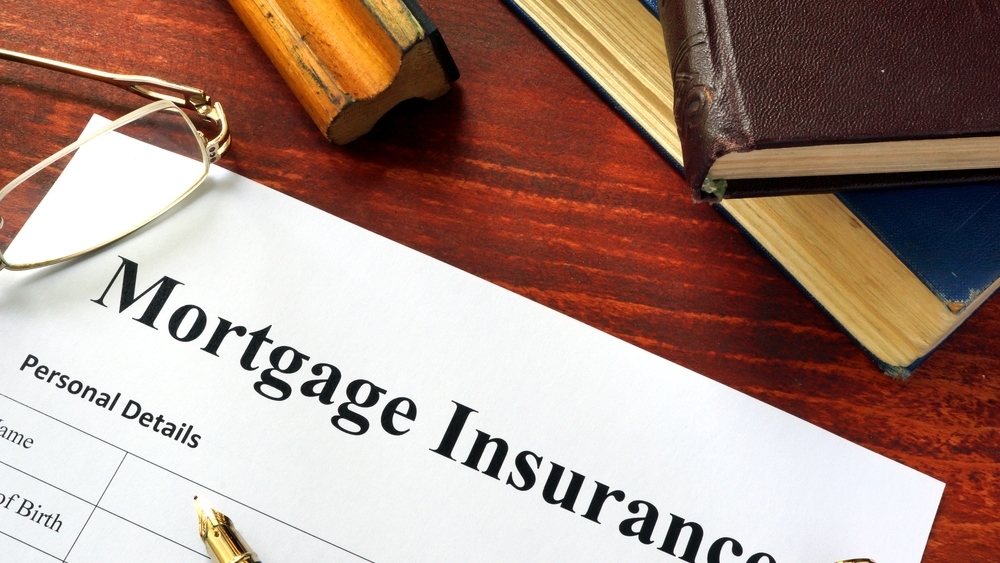Buyers who put less than 20 percent down on a home might find themselves with a higher-than-expected monthly payment. The extra money, which often takes first-time homebuyers by surprise, is for private mortgage insurance. What is PMI and why does the lender require it?
Lender’s risk. When a borrower puts down less than 20 percent on a home loan, the lender is taking on a greater risk of the buyer walking away from the loan and the house during a personal financial crisis. The lender is, in effect, insuring itself against that potential loss and requiring the borrowers to foot the monthly premiums for the policy.
The policy. The borrower pays a monthly insurance premium to the mortgage company, along with principal and interest, plus taxes and homeowners insurance, if these are being held in escrow. If your loan is through government loan programs, they each have a government version of mortgage insurance. With any of these, the insurance pays the mortgage company the remaining balance of the loan in the event of default.
Equity. Borrowers are eligible to stop paying PMI once they have at least 20 percent equity in their homes, based on the original price of the home. At closing, the lender must provide you with that information. Once borrowers make the request to halt PMI, the lender is required by law to drop it once borrowers achieve 22 percent equity. Government mortgage insurance on FHA, VA and USDA loans remains — no matter the amount of equity.
Add to principal. Speed up the process of dropping PMI by paying extra money against principal in your monthly house payment. Your monthly mortgage payment slip or your online payment form should have a space to include extra money toward principal. Even $50 per month extra toward principal will accelerate your equity at a surprising pace.
Appreciation. If your home’s value appreciates significantly, that higher value in combination with your payments to principal could help you cross the 20 percent threshold more quickly. The mortgage company likely will require a professional appraisal of the home to establish the new value. The company may insist on using its own appraiser to ensure it isn’t taking on any unnecessary risk.
Savings strategy. At the point you are able to drop PMI, a good strategy is to convert that amount into more money against the principal of the loan, thus accelerating equity in the home and saving you thousands in loan interest.


